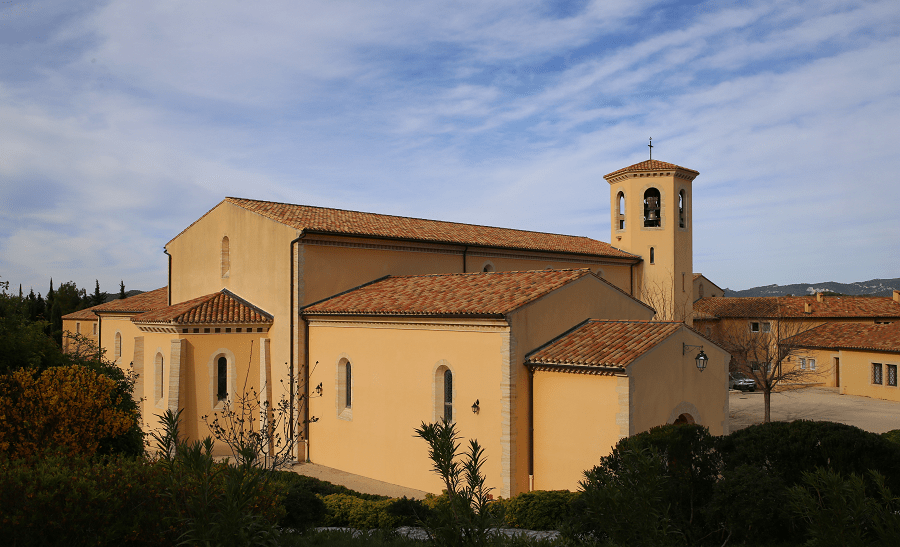Rue de Rivoli is a road located in the 1st arrondissement (from no. 41, odd side and from no. 98, even side to the end) and the 4th arrondissement (from the beginning to no. 39, odd side and from the beginning to no. 96, even side) of Paris (France).
It is part of the large east-west gap in Paris completed in 1855 connecting the historic axis of Paris in the direction of La Défense, to rue Saint-Antoine, extended to the east by rue du Faubourg-Saint-Antoine and the course of Vincennes to the Château de Vincennes. Since 2020, it has been one of the main cycling arteries in Paris.
It extends for almost 3 km, from rue de Sévigné to place de la Concorde. It crosses the Place des Pyramides (famous for its statue of Joan of Arc). It is lined with arcades on its north side over a large part of its length.
The western part of the street (which roughly corresponds to the part with the arcades) was opened under the First Empire. The central and eastern parts were added during the work of Baron Haussmann in order to connect it to rue Saint-Antoine and thus create a major east-west axis in the center of Paris.
This site is served by the Paris metro stations Saint-Paul, Hôtel de Ville, Châtelet, Louvre – Rivoli, Palais Royal – Musée du Louvre, Tuileries and Concorde.
Main sights
No 10: Édouard Moreau de Beauvière lived here in 1871.
No 14: the writer Eugène Ionesco and his wife lived there from 1960 to 1964.
No 25: town hall of the 4th arrondissement of Paris. A plaque reminds us that the Republican guard René Laboudance died there for the Liberation of Paris (1944).
No. 27: the former Napoleon barracks, also called “Lobau barracks”, occupies the space located between Saint-Gervais and Baudoyer squares and rue François-Miron, rue de Lobau and rue de Rivoli.
No. 28: the writer Joseph Kessel lived there in 1914.
No. 29: Paris City Hall.
No. 33: Japanese pianist Ken Sasaki lived there; a plaque pays tribute to him.
No 51: headquarters of Radio FG.
Nos. 52 to 64: department stores in the Bazar de l’Hôtel de Ville (BHV).
No. 55: headquarters of the Revue retrospective, founded by Paul Cottin.
No 59: artists’ squat created in 1999.
Nos. 67 to 83: La Samaritaine department stores.
No. 72: the painter Jeanne Fichel lived there.
No. 99: Carrousel of the Louvre.
No. 99: studio of the Comédie-Française.
Nos 99-107: Louvre palace.
No. 107: Museum of Decorative Arts.
No 156: The politician Michel Guy lived there; a plaque pays tribute to him. In 1990, lawyer Hervé Temime opened his office there.
No. 160: Protestant temple of the Louvre Oratory and statue of Gaspard II de Coligny.
No. 172 and 1, place André-Malraux: Hôtel du Louvre which was the headquarters of an SS Sonderkommando during the Second World War.
No. 194: the writer François-René de Chateaubriand lived there from 1812 to 1814.
No 198: the actor Jean Sarment lived here from 1940 to 1976; a plaque pays tribute to him. Previously the collector Victor Chocquet lived there.
No. 202: Saint-James hotel. The actress Pauline Carton lived there for forty years.
No. 204: The painter Camille Pissaro moved there in January 1899.
No 206: the Russian writer Leo Tolstoy lived there in 1857; a plaque pays tribute to him.
No. 210: the Russian writer Ivan Turgenev lived here between 1860 and 1864 and wrote Fathers and Sons; a plaque pays tribute to him.
No. 220: in 1862, the Desoye couple opened a famous boutique dedicated to the sale and exhibition of objects from Japan. This shop has largely contributed to the craze for Japonism in the capital. It was frequented by writers, art critics, painters and collectors, including Zola, Baudelaire, Burty, Bracquemond, Cernuschi, Degas, the Goncourts, Manet, Monet. The composer Léo Delibes lived and died there (1891).
No. 222: formerly the boutique of the seamstress Madeleine Vionnet, inaugurated in 1912.
No 228: Meurice hotel.
No. 258: plaques commemorating, in English and French, the 50th anniversary of the Marshall Plan, implemented at the Hôtel de Saint-Florentin (formerly Hôtel de Talleyrand).
See more:






















